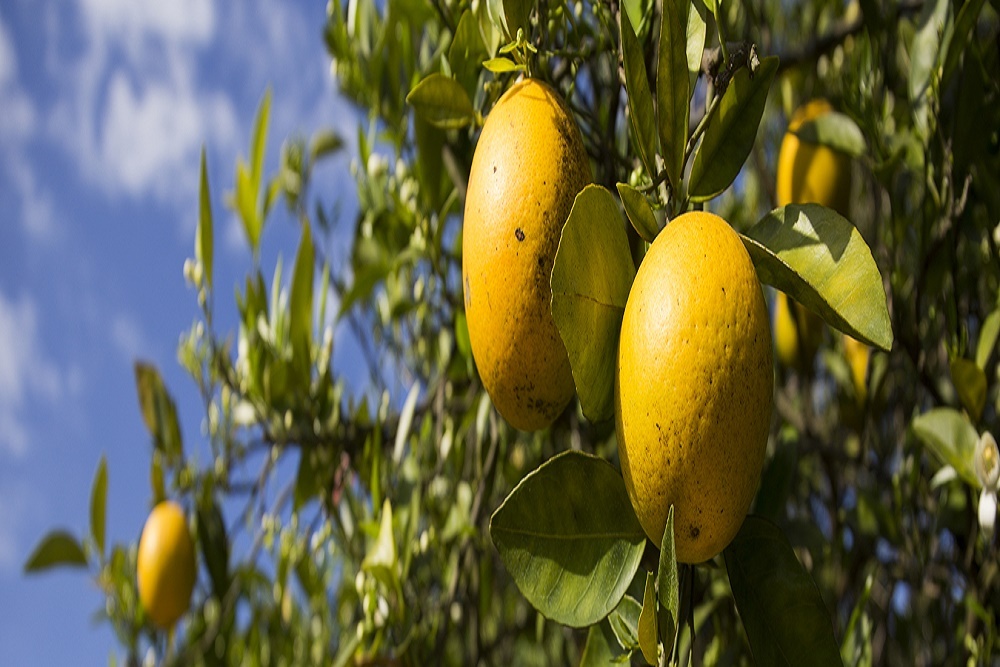The U.S. Department of Agriculture (USDA) is allocating more than $4.7 million to Florida as part of its effort to strengthen the nation’s infrastructure for pest detection and surveillance, identification, and threat mitigation, and to safeguard the U.S. nursery production system. Overall, USDA is providing more than $70 million in funding this year to support 372 projects in 49 states, Guam, and Puerto Rico. USDA provides this funding under the authority of the Plant Protection Act Section 7721.
“Florida’s 47,400 farms and ranches span 9.7 million acres. In the last agricultural census, the state ranked first in the nation in production value for oranges, bell peppers, grapefruit, sugarcane, tomatoes and watermelons. Protecting Florida’s agricultural industry is critical,” said USDA Under Secretary Jenny Moffitt. “These projects will help Florida protect its resources and contribute to keeping our nation’s agricultural economy strong.”
These funds will support projects covering a range of plant health and pest mitigation activities including, but not limited to:
- $1.3 million to support detector dog inspection and domestic pest detection;
- $1 million to survey for invasive fruit flies in the state;
- $372,188 to support the clean plant program for citrus;
- $301,326 to meet U.S. Environmental Protection Agency registration requirements for Verticillium nonalfalfae use as a biopesticide to manage the invasive tree of heaven;
- $200,000 to establish and evaluate Brazilian peppertree biological control;
- $127,763 to predict the dispersal risk following major weather events to guide rapid response efforts; and
- $91,153 for biological control efforts against the cactus moth.
View the fiscal year 2022 Plant Protection Act’s Section 7721 spending plans on the USDA, Animal and Plant Health Inspection Service website: www.aphis.usda.gov/ppa-projects.









